Table of Contents
ToggleSenji Kottai (Gingee Fort) – A Majestic Historical Tourist Place
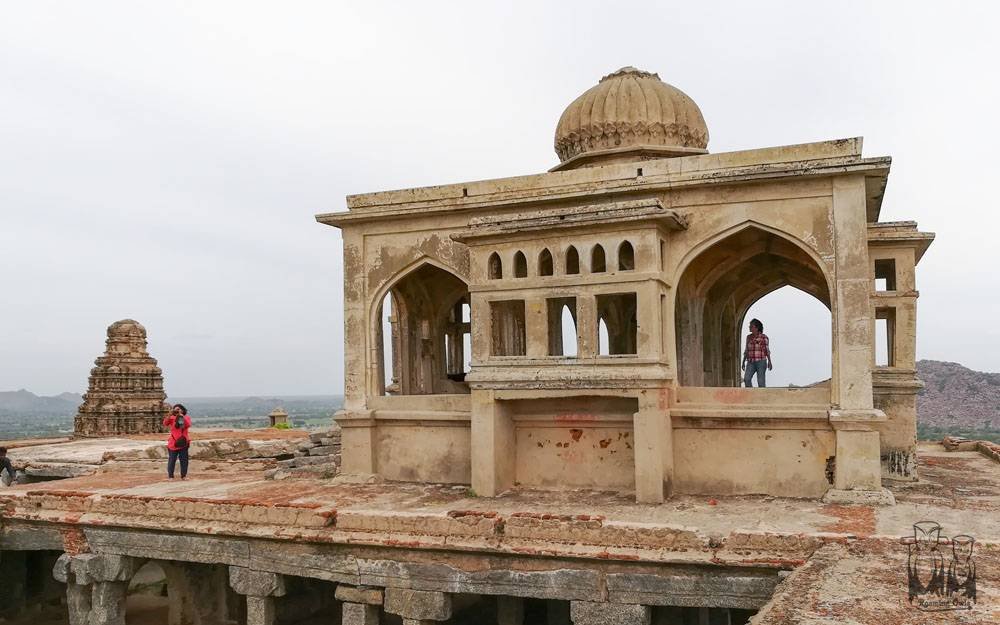
Introduction to Senji Kottai (Gingee Fort)
Nestled amidst the rugged hills and ancient rocks of Tamil Nadu lies one of the country’s most formidable and awe-inspiring forts — Senji Kottai, also known as Gingee Fort. Located in the Villupuram district, this historical marvel stands as a proud reminder of South India’s rich military architecture and royal heritage. With its imposing granitic hills, intricately designed citadels, and tales of war and valor, Senji Kottai has rightfully earned its reputation as the “Troy of the East.”
Gingee Fort is not just a stone structure; it is an experience that takes you back centuries. Originally built by the Chola dynasty in the 9th century, it was later fortified by the Vijayanagara kings in the 13th century. Over time, it became a highly strategic stronghold and saw control shift from the Marathas to the Mughals, the French, and eventually the British. Every ruler added layers of architectural detail and defensive strength, making the fort nearly impregnable in its prime.
Perched atop three massive hillocks — Krishnagiri, Rajagiri, and Chandrayandurg — the fort covers an area of nearly 7 square kilometers. Each of these hills houses separate citadels and structures that once served royal, administrative, and defensive purposes. The highest of these, Rajagiri, offers panoramic views of the surrounding landscape and gives visitors a glimpse into the strategic brilliance behind the fort’s layout.
One of the most unique features of Senji Kottai is its seamless integration of natural and man-made defenses. The steep granite hills provide a natural shield, while the fortified walls, moats, and watchtowers exemplify advanced military planning. Despite being centuries old, many parts of the fort remain remarkably intact, including the Kalyana Mahal (marriage hall), granaries, prison cells, and temples, showcasing the multi-cultural influences over the years.
A visit to this historical monument is more than just sightseeing. It’s a physical adventure — especially for those who love trekking and exploring ancient ruins. The uphill climb to the top citadels is both challenging and rewarding, offering breathtaking views, fresh air, and a spiritual connection with the past. Along the way, you’ll encounter ancient steps carved into rock, hidden chambers, and even remnants of artillery placements.
Gingee Fort Tamil Nadu is not only an architectural masterpiece but also a symbol of resilience. Despite several invasions and prolonged sieges, the fort was famously known for resisting capture for centuries. Its defensive complexity and self-sustaining design made it one of the most difficult forts to conquer in Indian history. Even Shivaji, the great Maratha ruler, is said to have described it as the “most impregnable fortress in India.”
Today, the fort is maintained by the Archaeological Survey of India and attracts history enthusiasts, travelers, trekkers, and photographers from across the country. Its dramatic ruins against the backdrop of open skies make it a perfect destination for those seeking history and adventure. Local legends, stories of royal battles, and folklore add depth to every step taken within the fort’s premises.
In recent years, efforts have been made to preserve the fort’s heritage and promote it as a major tourist destination. Its proximity to cities like Chennai and Puducherry makes it an ideal weekend getaway for both domestic and international travelers.
For those looking to explore one of India’s lesser-known yet awe-inspiring historical sites, Gingee Fort Tamil Nadu offers an unforgettable journey into the past — filled with mystery, grandeur, and natural beauty. Whether you’re a lover of history, an avid trekker, or a cultural explorer, Senji Kottai welcomes you with stories carved in stone and legends whispered by the wind.
History of Senji Kottai (Gingee Fort)
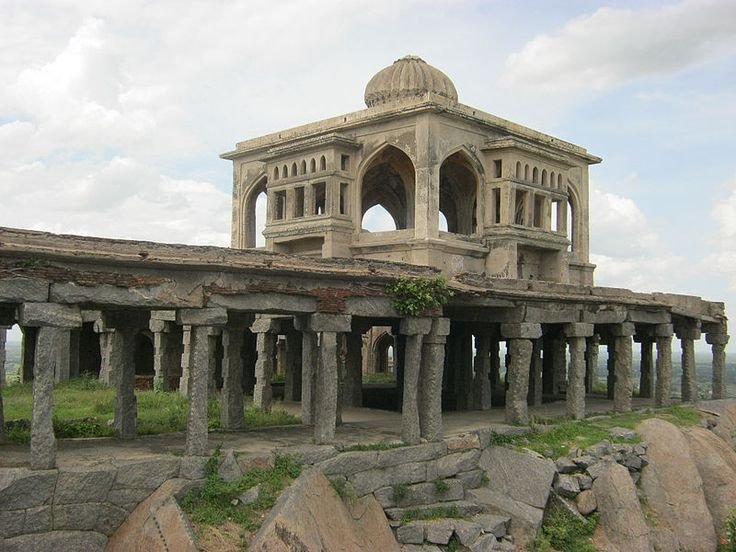
Senji Kottai, also known as Gingee Fort, has a rich and layered history that stretches back over a thousand years. Strategically located in the Villupuram district of Tamil Nadu, this mighty fortress was once considered one of the most impregnable forts in India.
The origins of the fort can be traced back to the 9th century, during the reign of the Chola dynasty. Initially constructed as a small fortification, it was later expanded and fortified by the Kon dynasty and then significantly developed by the Vijayanagara Empire in the 13th century. It was during this time that the fort’s iconic three-hill structure Rajagiri, Krishnagiri, and Chandrayandurg was established, creating a unique and highly defensive military complex.
In the late 17th century, Senji rose to prominence when it came under the control of Shivaji’s Marathas. His general Raja Ram held the fort against Mughal attacks for several years. The Mughals, led by Aurangzeb, were impressed by the fort’s defense and referred to it as one of the most difficult forts to conquer in the South.
After the Mughals, the fort passed through the hands of various rulers the Carnatic Nawabs, French colonial forces, and eventually the British. Each dynasty contributed to the fort’s expansion and transformation, adding architectural and structural elements that still stand today.
The British took control of the fort in the late 18th century, and although it lost its military significance over time, it remained a symbol of resistance, strength, and tactical brilliance.
Architecturally, Senji Kottai reflects influences from Dravidian, Islamic, and European styles, which is evident in structures like the Kalyana Mahal, granaries, watchtowers, and temples found across the complex.
Today, the fort is preserved as a protected monument under the Archaeological Survey of India (ASI). Though in ruins, it continues to draw travelers, trekkers, historians, and students from all over India who are fascinated by its strategic design and historical legacy.
Senji Kottai is not just a relic of the past — it is a reminder of Tamil Nadu’s glorious heritage and the fierce battles fought to defend its honor.
Architectural Marvels of Senji Kottai (Gingee Fort)
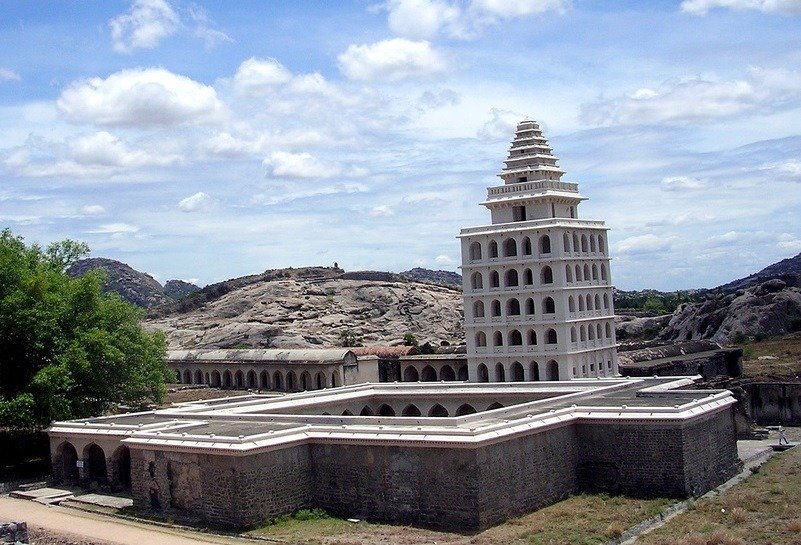
Senji Kottai (Gingee Fort) is not only a historical site but also an architectural masterpiece that showcases ancient engineering, military planning, and artistic excellence. Built across three rocky hills Rajagiri, Krishnagiri, and Chandrayandurg the fort’s unique tri-hill structure made it nearly impenetrable in its time.
One of the most iconic structures inside the fort is the Kalyana Mahal, a tall, pyramidal tower with Indo-Islamic design, believed to be a royal wedding hall or palace. Its distinctive shape and arched windows stand as a symbol of Gingee’s cultural fusion.
The granaries, constructed with ventilation and fireproofing techniques, reflect the practical genius of ancient architects. The thick walls, watchtowers, and strategic entry points across steep hills show advanced defense planning.
Numerous temples, stone stairways, tanks, and hidden passageways are built using granite and lime mortar, blending strength with aesthetics. The design ensured protection, sustainability, and resource management during long sieges.
Even in partial ruins today, the layout of Senji Kottai speaks volumes about its builders’ foresight and skill. It remains a standing tribute to South India’s ancient architectural brilliance
How to Reach Senji Kottai (Gingee Fort)

By Road:
From Chennai: Approx. 160 km (3.5 to 4 hours drive) via NH 32 and NH 38
From Pondicherry: Approx. 70 km (1.5 hours) via Tindivanam
From Villupuram: Approx. 37 km (45 minutes)
Regular government and private buses are available from Chennai, Pondicherry, Tindivanam, and Villupuram to Gingee town.
By Train:
Nearest railway station: Villupuram Junction (37 km away)
Well-connected to major cities like Chennai, Madurai, and Trichy
From Villupuram, you can take a taxi or bus to reach the fort
By Air:
Nearest airport: Pondicherry Airport (70 km) – limited flights
Major airport: Chennai International Airport (160 km)
From the airport, take a cab or bus to reach Gingee
Local Transport:
From Gingee bus stand, the fort is just 1 km away
Auto-rickshaws and local cabs are easily available
Entry Timings and Fees for Senji Kottai (Gingee Fort)

Opening Hours
Fort gates open daily at 9:00 AM and close by 5:00 PM
Climbing access is generally halted around 3:00 PM, as the ascent and descent take considerable time
- Some sources mention ramping down entry by 4:30 PM with final closure by 5:00 PM
Entry Fees
Visitor Type Fee (₹) Indian Citizens ₹ 20 – ₹ 30 SAARC / BIMSTEC Nationals ₹ 20 Foreign Tourists ₹ 250 – ₹ 300 Children under 15 Free
Trekking Tips and Safety
Trekking at Senji Kottai (Gingee Fort) is an adventurous experience, but it requires good preparation. The climb involves steep granite steps, uneven paths, and rocky slopes, especially towards Rajagiri Hill, the tallest of the three. Begin your trek early in the morning to avoid the harsh midday sun and complete it before the entry cut-off.
Wear comfortable shoes with a good grip, and carry sufficient water, as there are no vendors inside the fort complex. A hat, sunglasses, and sunscreen are highly recommended to protect against the heat.
Be cautious near steep drops and old structures do not lean on fragile walls or climb unsafe ruins. Solo trekking is not advisable; go with a group or local guide if possible. Avoid trekking during rainy or extremely hot days.
Stay alert, respect the heritage site, and follow safety signs for a memorable and safe visit.
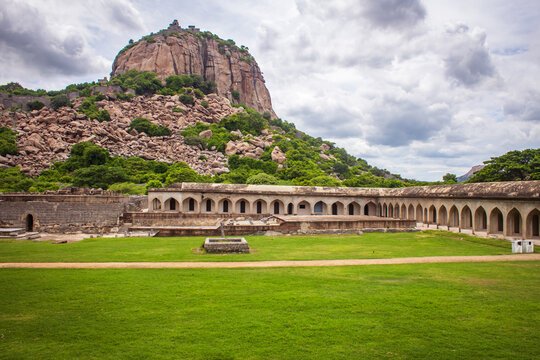
Final Thoughts and Visitor Tips
Senji Kottai (Gingee Fort) is a hidden gem that beautifully blends history, architecture, and adventure. Its scenic surroundings, ancient ruins, and massive fortifications make it one of the most underrated forts in India. Whether you’re a history enthusiast, nature lover, or trekker, this fort has something for everyone.
To make the most of your visit:
Visitor Tips:
Start early (around 9:00 AM) to beat the heat and complete your trek on time.
Wear sturdy footwear – many areas have steep and slippery stone steps.
Carry water and snacks, as there are limited options inside the fort area.
Avoid visiting during mid-summer or rainy days.
Travel in groups or with a guide for a safer experience and historical insights.
Be respectful of the monument — do not litter or vandalize the site
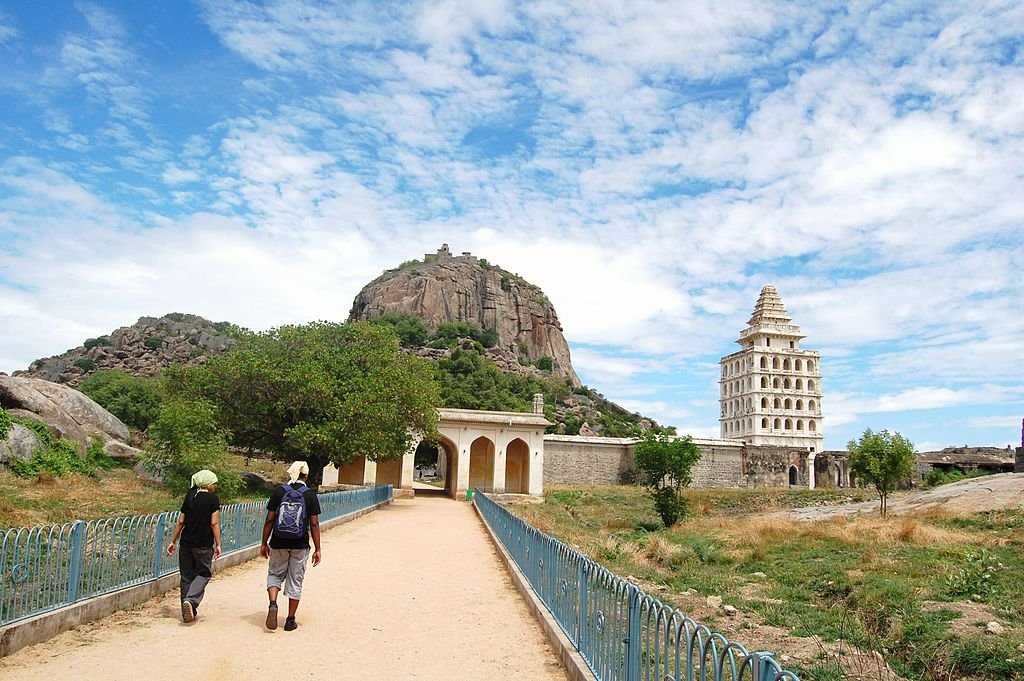
Frequently Asked Questions (FAQs)
1. What is the best time to visit Gingee Fort?
The best time to visit is between October and March, when the weather is pleasant for trekking.
2. How long does it take to explore the fort?
You’ll need around 3 to 4 hours to explore all three hills and key structures at a relaxed pace.
3. Is the fort suitable for senior citizens or children?
The climb is steep and challenging. It may be difficult for senior citizens or very young children. However, the lower areas can still be enjoyed.
4. Are there guides available?
Yes, local guides are available at the entrance for a small fee. They offer historical context and help navigate the site.
5. Is photography allowed inside the fort?
Yes, photography is allowed and highly encouraged—especially at scenic points like Kalyana Mahal and Rajagiri viewpoint.
6. Are there any food stalls or facilities inside the fort?
No, there are no food stalls inside. It’s best to carry water and light snacks.




